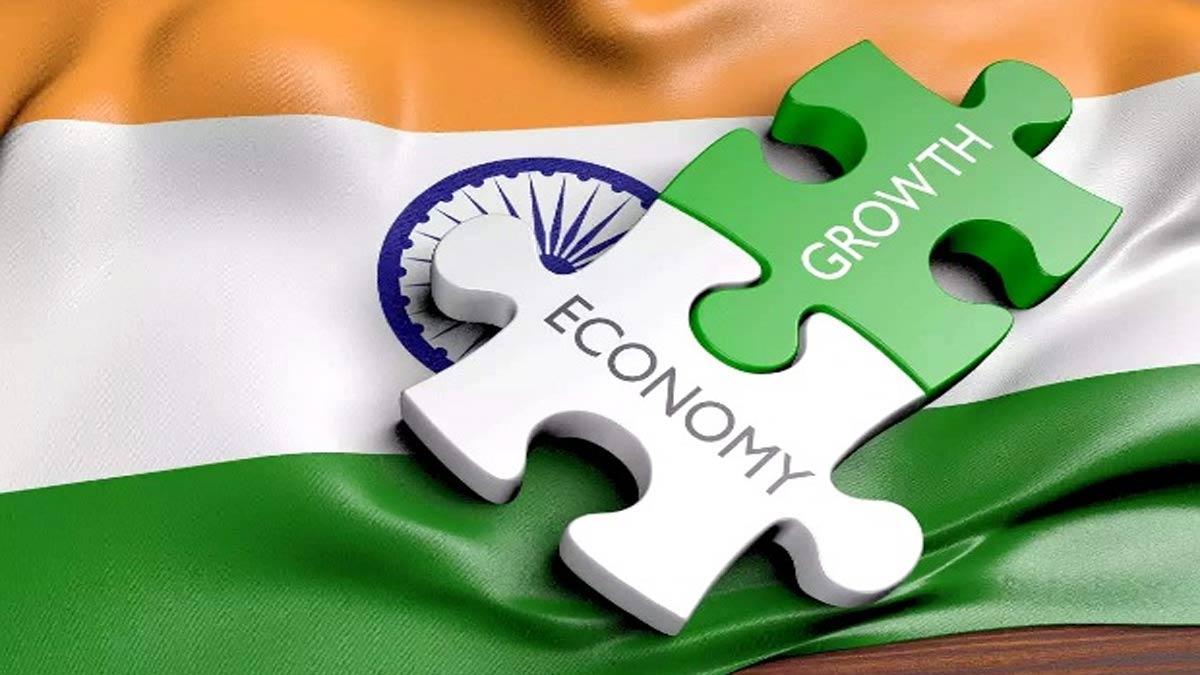The Indian Economy Review prepared by the Ministry of Finance highlighted the significant impact of digital technology on various aspects of the Indian economy. The proliferation of internet connectivity, smartphones, and the rising influence of the middle class have propelled the e-commerce market. The Aarogya Setu and CoWin apps played a crucial role in tracking and containing the spread of COVID-19 and facilitating vaccination.
Digital infrastructure, such as the PM eVIDYA initiative and various e-commerce platforms, played a crucial role during the pandemic. The report also emphasized the success of the PMJDY (Pradhan Mantri Jan Dhan Yojana) in bringing a significant proportion of India's population into the formal banking system, with accounts growing threefold from 14.7 crore in March 2015 to 51.5 crore as of January 10, 2024.
The DBT (Direct Benefit Transfer) mode has transferred over Rs 233.6 lakh crore, leading to the removal of duplicate/fake beneficiaries and plugging leakages, resulting in real savings of Rs 2.7 lakh crore as of March 2022. The IMF's working paper highlighted the benefits of India's digital journey, with roughly 4.5 million individuals and companies benefiting from easier access to financial services through the Account Aggregator since its launch in August 2021.
The use of digital platforms like the Digital Document Execution platform of National E-Governance Services Limited (NeSL) has streamlined loan documentation processes, capturing credit and spending behavior for assessing default risk and reducing reliance on collaterals in cases with negligible risk. Overall, digital technology has played a transformative role in enhancing efficiency, transparency, and financial inclusion in the Indian economy.
(With Agency Inputs)
ALSO READ | Vroom to Cease E-commerce Operations, Plans to Cut Nearly 90% of Jobs
ALSO READ | OnePlus Unveils Latest Flagship Smartphones, OnePlus 12 and 12R, in the Indian Market


















